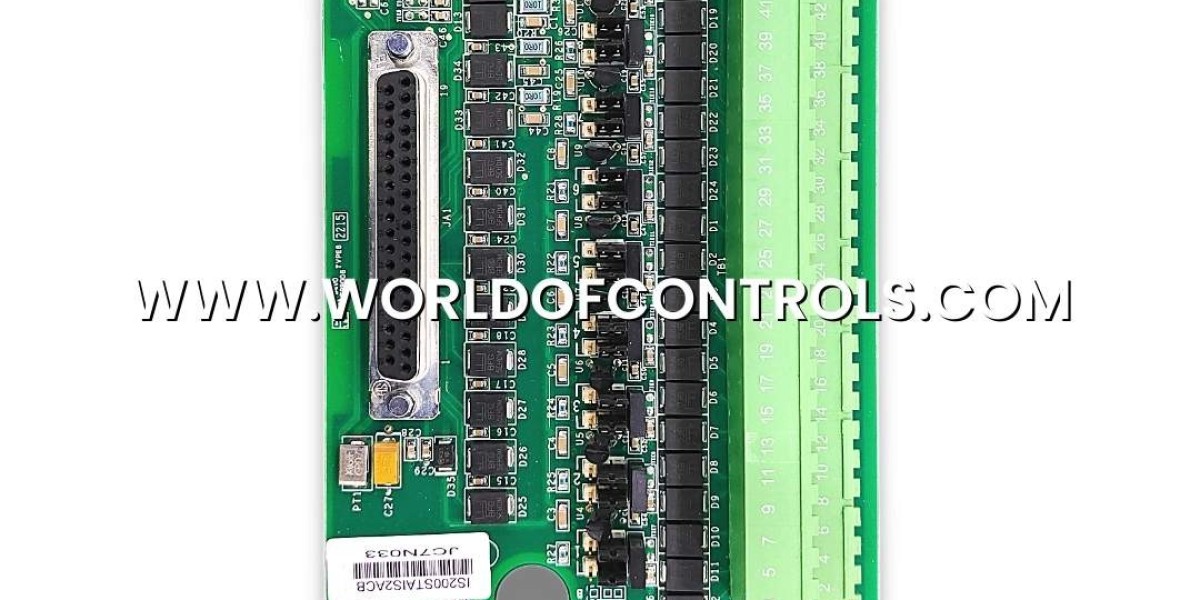Introduction:
In the realm of electronic systems, analog input terminal boards play a crucial role in bridging the gap between the analog and digital worlds. These versatile devices serve as interfaces, enabling the conversion of analog signals from external sensors into digital data that can be processed by computers or programmable logic controllers (PLCs). In this blog post, we will delve into the concept of analog input terminal boards, explore their applications, and highlight their benefits.
What is an Analog Input Terminal Board?
An analog input terminal board, also referred to as an analog input module or analog input card, is an electronic device designed to accept and process analog signals. It acts as an intermediary component that allows analog sensors or sources to communicate with digital systems effectively. By converting analog signals into digital data, these boards enable precise measurement and control of various physical parameters.
Applications of Analog Input Terminal Boards:
Analog input terminal boards find extensive use in a wide range of applications across industries. Here are a few notable examples:
a. Industrial Automation: Analog input boards are employed in industrial automation systems to monitor and control physical quantities such as temperature, pressure, flow rate, and voltage. They facilitate precise measurements and enable real-time adjustments to ensure optimal system performance.
b. Data Acquisition Systems: In scientific research, analog input boards are utilized in data acquisition systems to capture and record analog signals from sensors or scientific instruments. This enables researchers to gather accurate data for analysis and experimentation.
c. Building Automation: Analog input terminal boards are integral to building automation systems, where they assist in monitoring environmental conditions such as lighting levels, humidity, occupancy, and air quality. By converting analog inputs into digital data, these boards enable efficient building management and energy conservation.
d. Process Control: Analog input modules play a vital role in process control applications, where they monitor and regulate variables such as temperature, pressure, and fluid levels. By converting analog signals into digital form, they enable automated control systems to maintain desired process parameters.
Benefits of Analog Input Terminal Boards:
Analog input terminal boards offer several advantages that make them indispensable in numerous applications:
a. Signal Conditioning: These boards often incorporate built-in signal conditioning features, such as amplification, filtering, and linearization. This ensures accurate and reliable measurement of analog signals, even in challenging environments with noise or signal degradation.
b. Scalability: Analog input boards typically come with multiple input channels, allowing users to connect and monitor several sensors simultaneously. This scalability provides flexibility and cost-effectiveness, as it eliminates the need for multiple standalone devices.
c. Compatibility: Analog input terminal boards are designed to integrate seamlessly with various digital systems, including computers, PLCs, and microcontrollers. They often support standard communication protocols, such as Ethernet, USB, or Fieldbus protocols, enabling easy integration into existing systems.
d. Easy Configuration and Maintenance: These boards are usually accompanied by user-friendly software tools that simplify configuration and calibration processes. Additionally, they often include diagnostic features that aid in troubleshooting and maintenance, ensuring efficient operation and minimizing downtime.
Conclusion:
Analog input terminal boards serve as critical components in bridging the analog-digital divide, enabling precise measurement, control, and monitoring of various physical parameters. Their widespread applications across industries highlight their versatility and importance. With their signal conditioning capabilities, scalability, compatibility, and ease of configuration, these boards offer immense value in a broad range of electronic systems. By understanding their functionality and benefits, engineers and system integrators can make informed decisions when incorporating analog input terminal boards into their projects.








